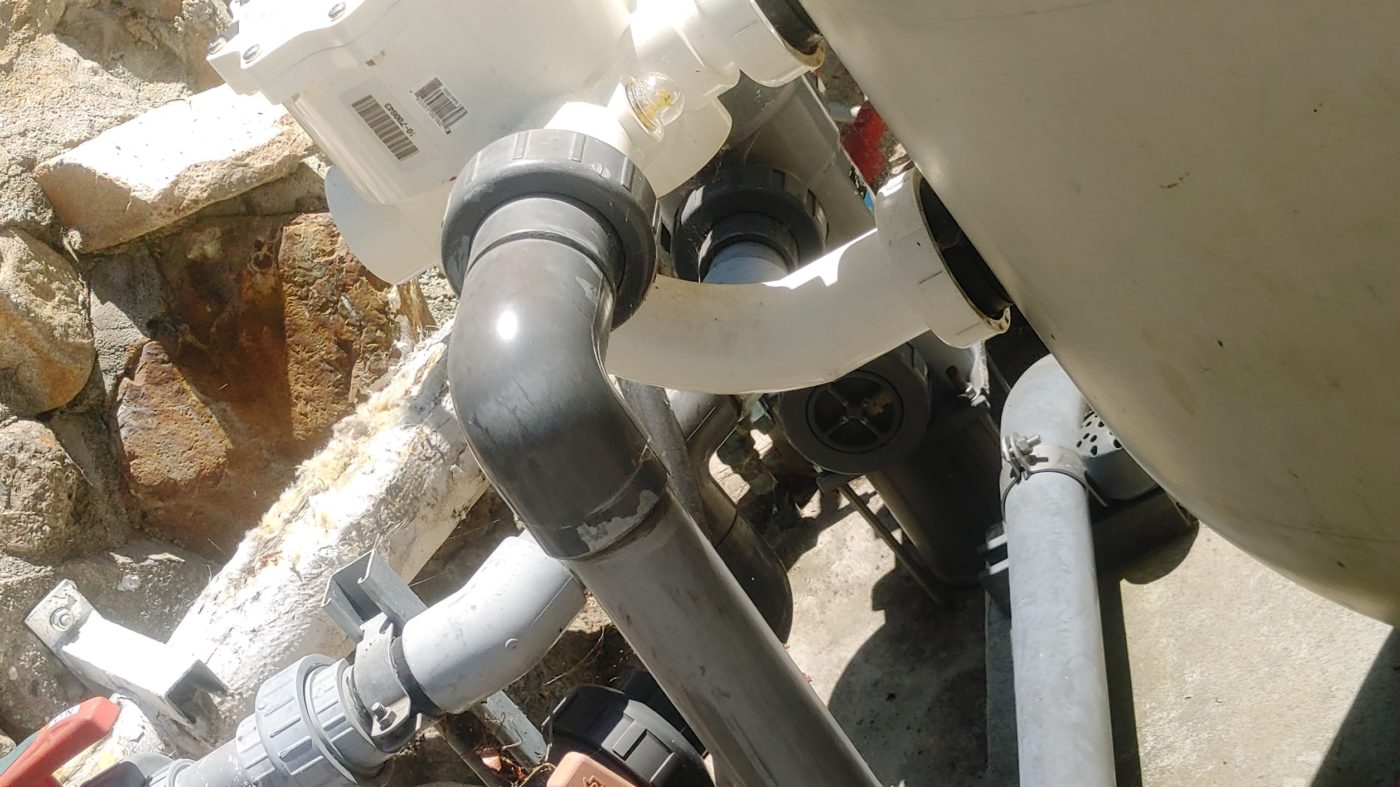Polyvinyl chloride (PVC) is a versatile and widely-used material in construction, plumbing, and many other industries. While PVC has many benefits, such as durability and affordability, there are also potential health risks associated with its handling, especially when cutting, sanding, or heating it. In this blog, we'll explore how PVC can be dangerous and discuss the best practices to stay safe when working with it.
How PVC Can Be Dangerous
- Toxic Fumes When Heated
- What Happens: When PVC is heated, especially to the point of melting or burning, it releases harmful chemicals such as hydrogen chloride (HCl), dioxins, and other volatile organic compounds (VOCs).
- Health Risks: Inhaling these fumes can irritate the respiratory system, cause throat and eye irritation, and, with prolonged exposure, lead to more serious health problems.
- Common Scenarios: Cutting PVC with power tools, welding, or any process that generates excessive heat can cause these harmful emissions.
- Dust from Cutting and Sanding
- What Happens: Cutting or sanding PVC generates dust particles that can become airborne. These particles can irritate the respiratory tract if inhaled.
- Health Risks: While the dust itself is considered non-toxic, breathing in large amounts over time could potentially cause respiratory issues, especially in those with existing lung conditions.
- Common Scenarios: Cutting PVC with a saw or sanding its edges without proper protective equipment can produce these particles.
- Chemical Exposure
- What Happens: PVC contains chemicals like phthalates and vinyl chloride, which can be harmful if they leach into the environment or come into contact with human skin.
- Health Risks: Direct and prolonged exposure to these chemicals has been linked to increased cancer risks and other health concerns.
- Common Scenarios: Exposure is more likely during the manufacturing process or if PVC waste is improperly disposed of or burned.
Safety Tips for Working with PVC
- Avoid Generating Heat
- Tip: Use tools that do not generate excessive heat when cutting PVC, like pipe cutters or hacksaws, instead of power saws that could cause the material to melt and release toxic fumes.
- Ventilation: If you must use a power tool, make sure you work in a well-ventilated area or use an exhaust system to prevent fume buildup.
- Use Proper Protective Gear
- Dust Masks/Respirators: Always wear a dust mask or a respirator when cutting or sanding PVC to prevent inhaling fine particles.
- Eye Protection: Safety goggles can protect your eyes from dust and debris during cutting and sanding.
- Gloves: Wear protective gloves when handling PVC to prevent skin contact with any chemicals.
- Keep PVC Away from Open Flames
- No Burning: Never burn PVC as it releases toxic gases that are harmful to both your health and the environment.
- Safe Disposal: Dispose of PVC waste properly by following local guidelines for plastic waste disposal to avoid harmful environmental effects.
- Work in a Well-Ventilated Area
- Ensure you are in a space with good air circulation to help disperse any dust or fumes that may be produced while working with PVC.
- Wet Sanding
- If you need to sand PVC, consider using wet sandpaper. This reduces the amount of dust released into the air, making the process safer for your lungs.
- Proper Storage
- Store PVC fittings and pipes in a dry, cool place away from direct sunlight. Heat exposure can cause PVC to break down and release chemicals over time.
Understanding PVC Risks: Fact vs. Myth
- Myth: All PVC particles are toxic.
- Fact: PVC dust is generally not toxic but can still irritate the lungs. The main health risks come from inhaling fumes released when PVC is burned or heated.
- Myth: If you can't smell the fumes, they aren't dangerous.
- Fact: Even if you cannot smell them, the chemicals released when PVC is heated can still be harmful.
Conclusion
PVC is a valuable material with many applications, but it's important to handle it with care to minimize health risks. By following these safety tips, you can work with PVC effectively while protecting yourself from potential hazards. Remember that the key risks come from the fumes when PVC is burned or the dust generated from cutting or sanding. Take the necessary precautions, such as wearing protective gear, maintaining good ventilation, and using proper tools to reduce heat, and you'll be able to work with PVC safely and efficiently.
For your PVC needs, including high-quality Schedule-40 and Schedule-80 fittings, visit 247Garden and explore our wide range of ASTM-compliant products to ensure safe and reliable plumbing solutions.
-
 3/4 in. Schedule 40 PVC 90-Degree Elbow NSF Pipe Fitting SCH40 ASTM D2466$0.28 As low as $0.2712708 in stock
3/4 in. Schedule 40 PVC 90-Degree Elbow NSF Pipe Fitting SCH40 ASTM D2466$0.28 As low as $0.2712708 in stock -
 3/4 in. Schedule 40 PVC Tee 3-Way Pipe Fitting NSF/ASTM SCH40 ASTM D2466$0.35 As low as $0.3212487 in stock
3/4 in. Schedule 40 PVC Tee 3-Way Pipe Fitting NSF/ASTM SCH40 ASTM D2466$0.35 As low as $0.3212487 in stock



























